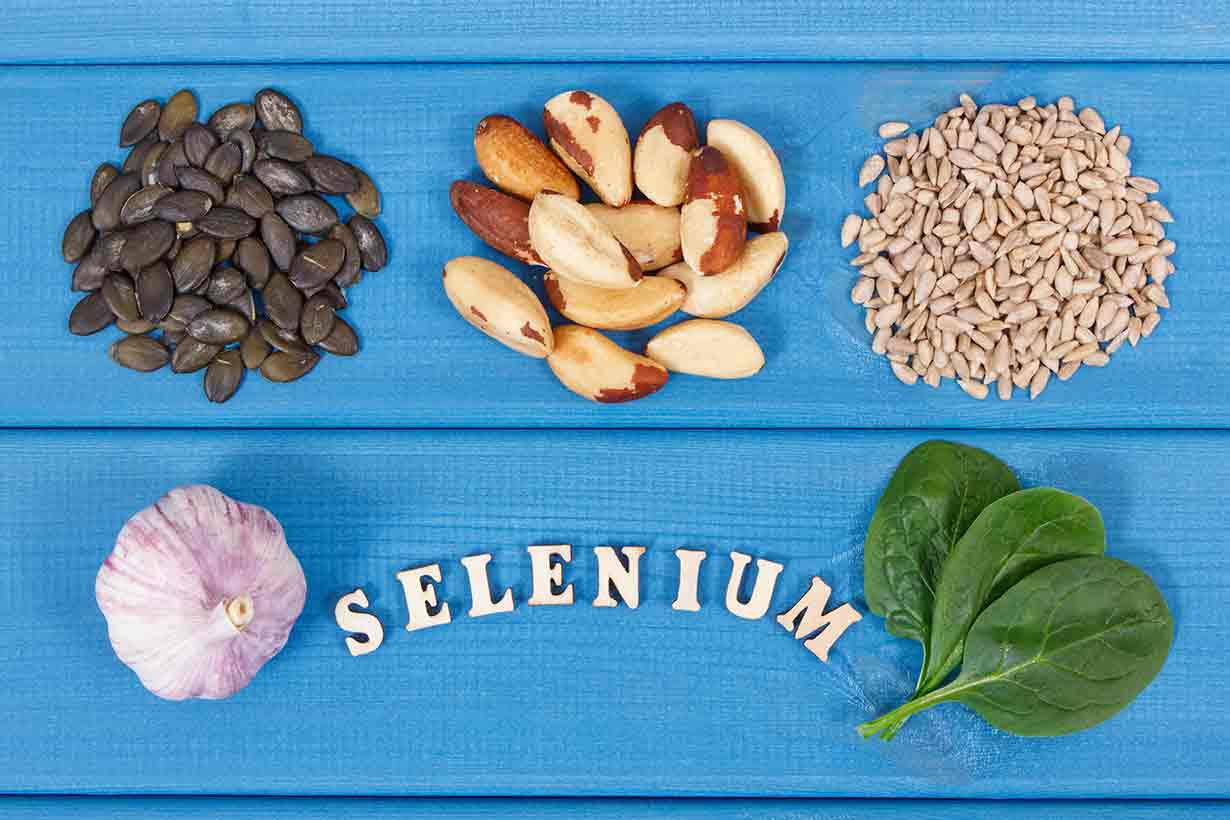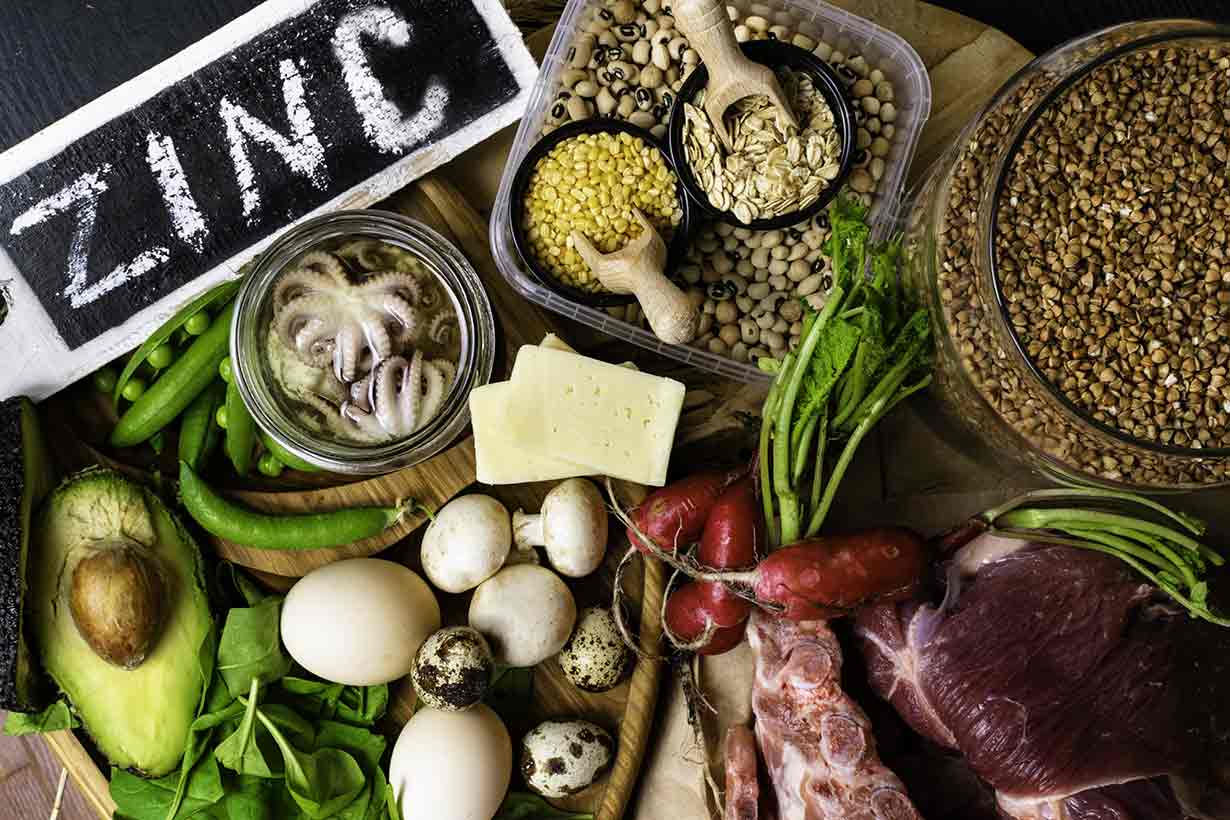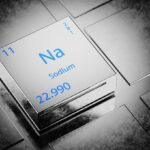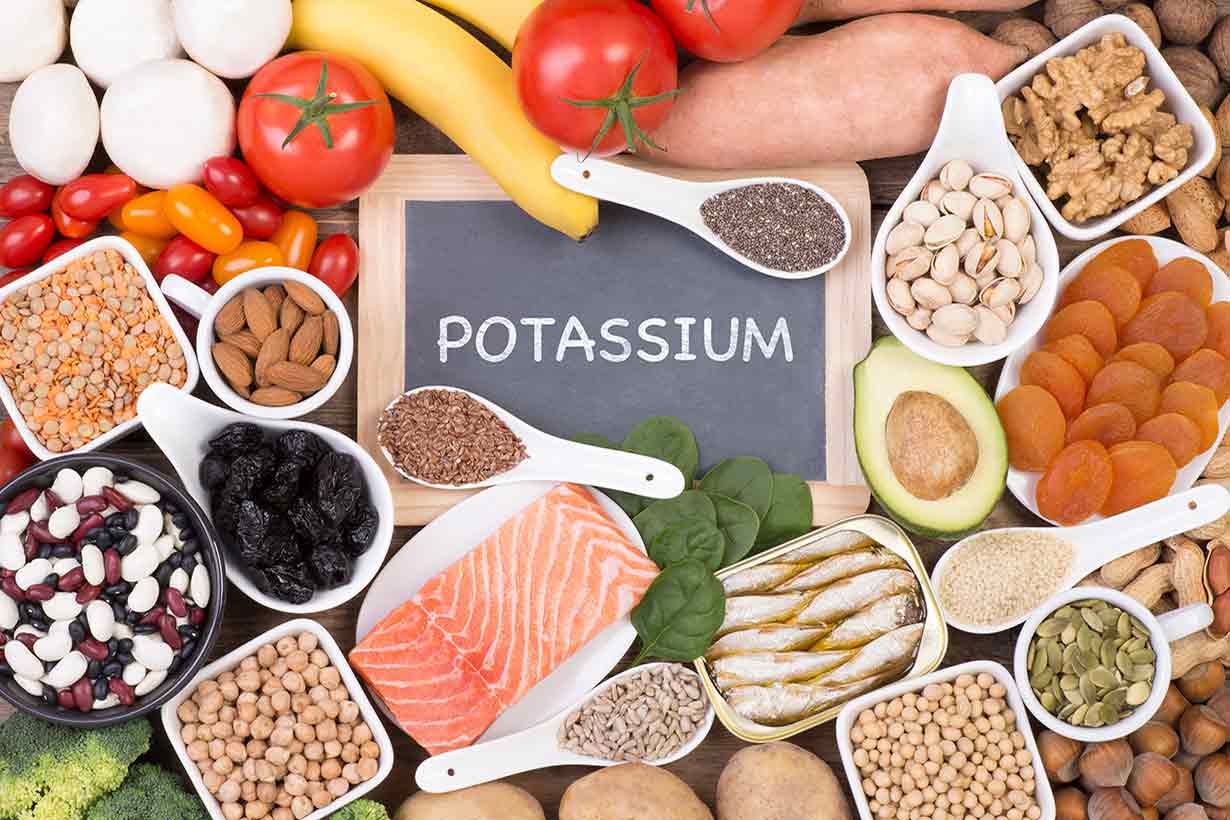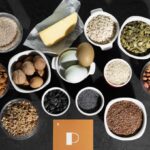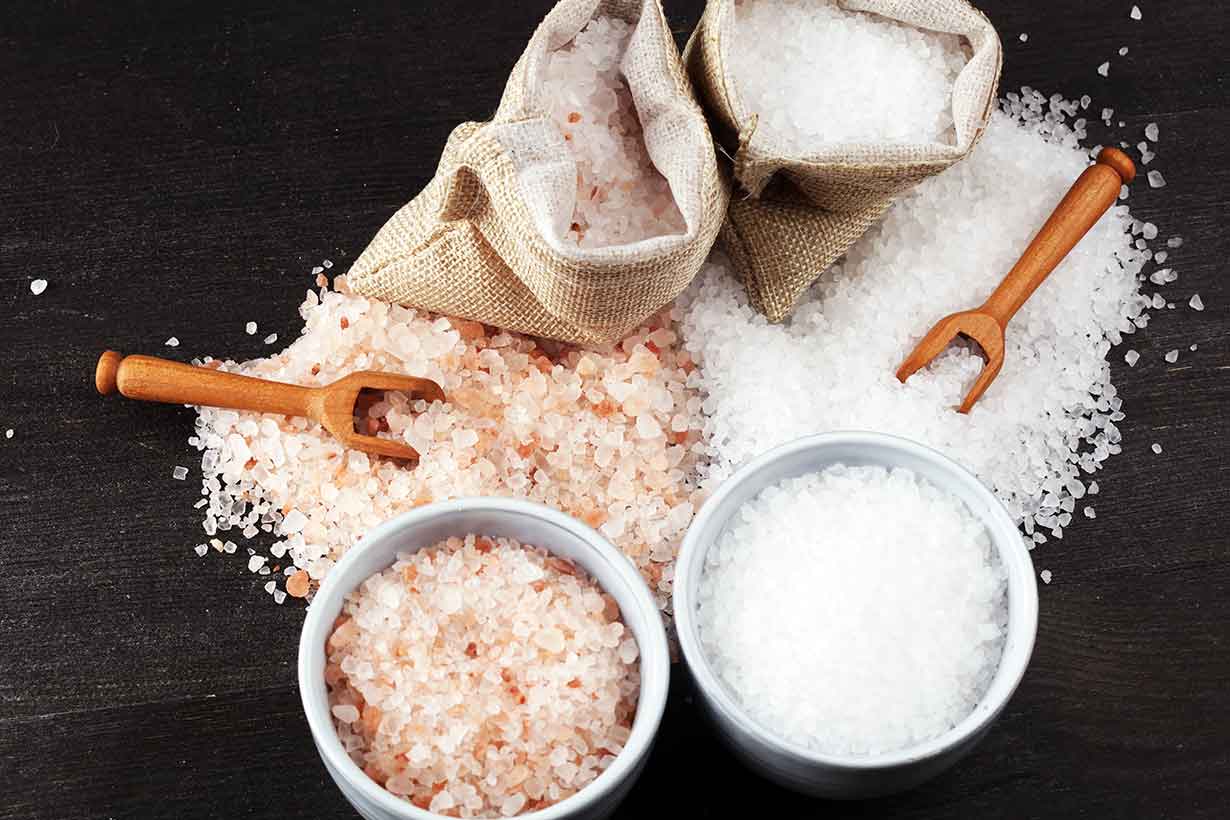Magnesium is an essential mineral that must be sourced from our diet.
It is vital for many functions, encompassing energy production, DNA and RNA synthesis, regulating blood pressure and blood sugar levels, and numerous other processes (1, 2).
Notably, the National Institutes of Health indicate that up to 48% of Americans exhibit inadequate magnesium intake (2).
Based on a 2000-calorie diet, the recommended daily value for magnesium stands at 420 mg (3).
This article will present a list of foods high in magnesium, complete with their mineral content per serving and per 100 grams.
All nutritional data in this article is sourced from the USDA’s FoodData Central database.
Daily values (% DV) have been calculated using this USDA data alongside the FDA’s published daily values.
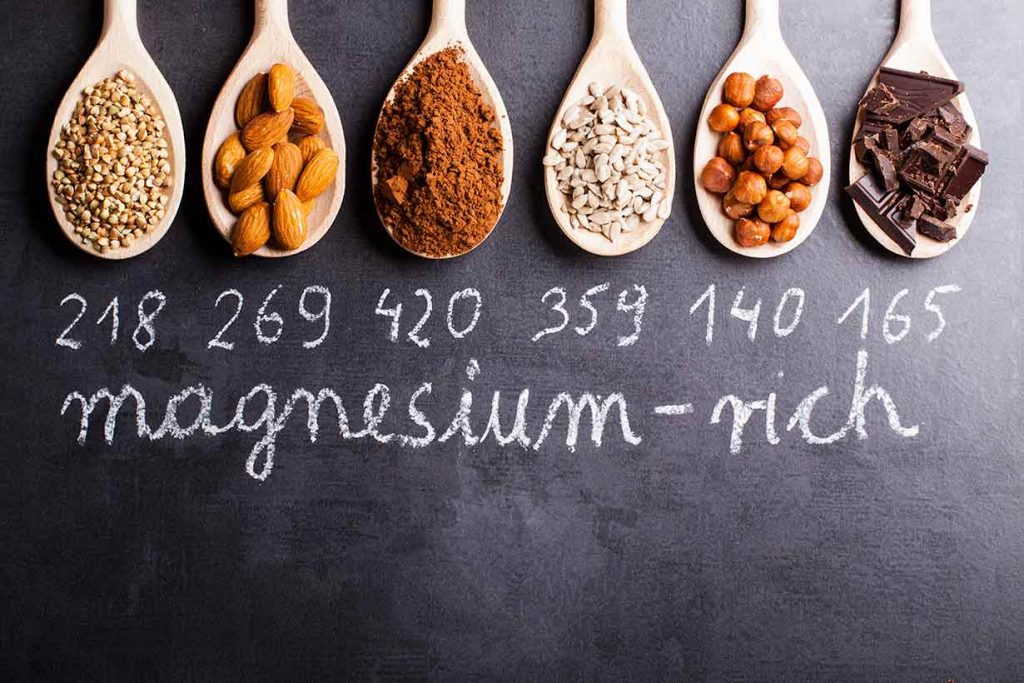
1) Conch (sea snail), cooked
Conch is a marine gastropod (a type of sea snail) and it is extremely nutritious. It offers large amounts of most vitamins and minerals, and provides a noteworthy dose of magnesium.
A one-cup serving of cooked conch provides 72% of the daily value for this essential mineral (4).
| Magnesium per 100 grams | Magnesium per 127g cup serving |
|---|---|
| 238 mg (57% DV) | 302 mg (72% DV) |
2) Hemp seeds, hulled
Numerous seed varieties offer a rich source of magnesium, but hemp seeds stand out for offering more than others.
A three-tablespoon (30-gram) serving of hulled hemp seeds contains 50% of the daily value for magnesium (5).
| Magnesium per 100 grams | Magnesium per 3-tbsp (30g) serving |
|---|---|
| 700 mg (167% DV) | 210 mg (50% DV) |
3) Amaranth, cooked
Amaranth, a gluten-free grain, provides a wide range of nutrients.
It has a good magnesium content too, as a 246-gram cup serving offers 38% of the daily value (6).
| Magnesium per 100 grams | Magnesium per 246g cup serving |
|---|---|
| 65 mg (15% DV) | 160 mg (38% DV) |
4) Spinach, cooked
Many leafy greens house substantial magnesium content, but spinach is one of the best sources.
A cup serving (180 grams) of spinach provides a notable 37% of the daily value (7).
| Magnesium per 100 grams | Magnesium per 180g cup serving |
|---|---|
| 87 mg (21% DV) | 157 mg (37% DV) |
5) Pumpkin seeds, roasted
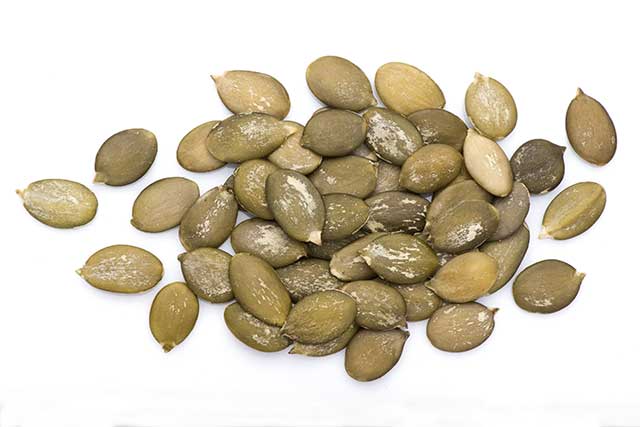
Pumpkin seeds have an enjoyable nutty taste and stand as a rich source of fiber, vitamins, and minerals.
In terms of their mineral content, they are one of the best dietary sources of magnesium. Just an ounce (28 grams) supplies 37% of the daily value for the mineral (8).
To put this into perspective, an ounce serving is roughly equal to a small handful.
| Magnesium per 100 grams | Magnesium per ounce (28.35g) serving |
|---|---|
| 550 mg (131% DV) | 156 mg (37% DV) |
6) Swiss chard, cooked
Swiss chard is a nutrient-rich leafy green that presents good fiber content and an array of vitamins and minerals.
A cup serving (175 grams) of cooked Swiss chard provides 36% of the daily value for magnesium (9).
| Magnesium per 100 grams | Magnesium per 175g cup serving |
|---|---|
| 86 mg (20% DV) | 150 mg (36% DV) |
7) Canned oysters
Shellfish, including oysters, are notable for their impressive nutrient density.
Canned oysters are an excellent source of magnesium, with a 272-gram supplying 147 mg of the mineral (10).
| Magnesium per 100 grams | Magnesium per 272g can |
|---|---|
| 54 mg (13% DV) | 147 mg (35% DV) |
8) Black beans, cooked
Black beans are one of several legumes with high magnesium content.
A cup serving of cooked black beans (172 grams) contributes a substantial 29% of the mineral’s daily value (11).
| Magnesium per 100 grams | Magnesium per 172g cup |
|---|---|
| 70 mg (17% DV) | 120 mg (29% DV) |
9) Oats, raw
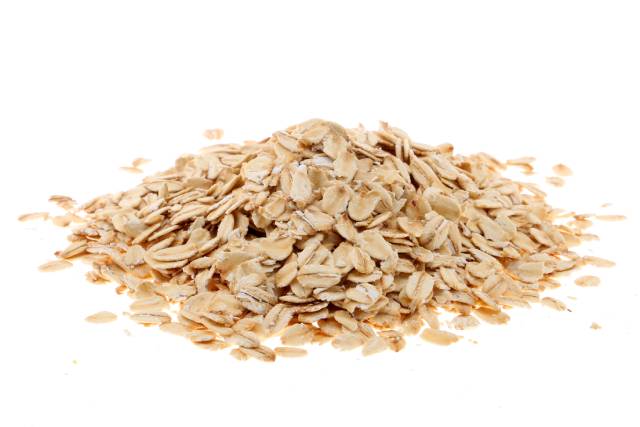
Oats, a widely used grain, are perhaps most often used for making porridge, a traditional breakfast dish.
This grain is relatively high in magnesium, with an 80-gram cup of oats accounting for 29% of the mineral’s daily value (12).
| Magnesium per 100 grams | Magnesium per 80g cup |
|---|---|
| 138 mg (33% DV) | 110 mg (26% DV) |
10) Brazil nuts
While known for being the best dietary source of selenium, Brazil nuts also yield a significant quantity of magnesium.
In an ounce (28.35g) serving, Brazil nuts deliver 25% of the daily value for the mineral (13).
| Magnesium per 100 grams | Magnesium per ounce (28.35g) |
|---|---|
| 376 mg (90% DV) | 107 mg (25% DV) |
11) Sesame seeds
Sesame seeds are another magnesium-rich seed option. A typical ounce (28.35g) serving contributes 24% of the daily value for the mineral (14).
| Magnesium per 100 grams | Magnesium per 28.35g |
|---|---|
| 356 mg (85% DV) | 101 mg (24% DV) |
12) Natto
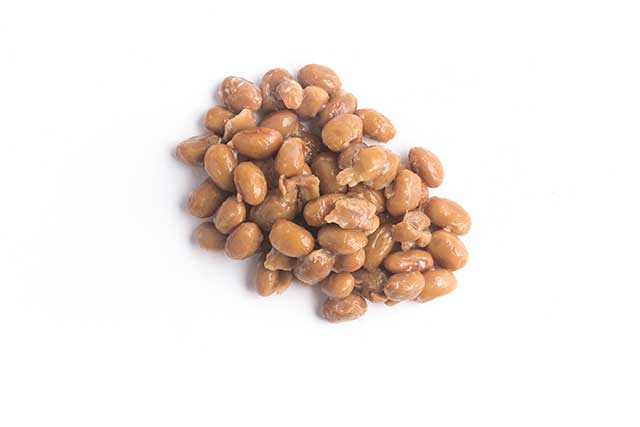
Natto, a traditional fermented soybean dish from Japan, offers a good source of magnesium. A half-cup (87.5g) serving provides 24% of the daily value for the mineral (15).
| Magnesium per 100 grams | Magnesium per 1/2 cup (87.5g) |
|---|---|
| 115 mg (27% DV) | 101 mg (24% DV) |
13) Beet greens, cooked
Beet greens stand out as another magnesium-rich vegetable. When cooked, a 144g cup serving of beet greens provides 23% of the daily value for the mineral (16).
| Magnesium per 100 grams | Magnesium per 144g cup |
|---|---|
| 68 mg (16% DV) | 97.9 mg (23% DV) |
14) Chia seeds
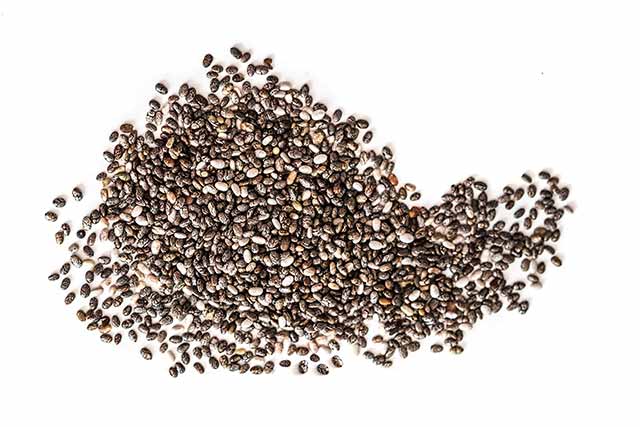
Chia seeds, despite their small size, deliver a significant nutritional impact. They are an excellent source of fiber, healthy fats, vitamins, and minerals.
Consuming just an ounce serving of chia seeds supplies 23% of the recommended daily value for magnesium (17).
| Magnesium per 100 grams | Magnesium per ounce (28.35g) |
|---|---|
| 335 mg (80% DV) | 95 mg (23% DV) |
15) Wheat germ
The wheat kernel’s nutrient-rich germ contains a broad range of vitamins and minerals.
Among these nutrients, wheat germ offers abundant quantities of magnesium. A typical ounce (28.35g) serving of wheat germ has 22% of the daily value for this essential mineral (18).
| Magnesium per 100 grams | Magnesium per ounce (28.35g) |
|---|---|
| 320 mg (76% DV) | 90.7 mg (22% DV) |
16) Buckwheat groats, cooked
Buckwheat groats, simply known as buckwheat, provide a noteworthy source of magnesium.
Consuming a cup serving (168 grams) supplies 20% of the daily value (19).
| Magnesium per 100 grams | Magnesium per 168g cup |
|---|---|
| 51 mg (12% DV) | 85.7 mg (20% DV) |
17) Atlantic mackerel, cooked
Atlantic mackerel provides a rich magnesium source; an 88-gram cooked fillet contributes 20% of the daily value (20).
| Magnesium per 100 grams | Magnesium per 88g fillet |
|---|---|
| 97 mg (23% DV) | 85.4 mg (20% DV) |
18) Cashew nuts
Cashews are one of the most popular tree nuts and a notable source of magnesium. A typical ounce serving provides 20% of the mineral’s daily value (21).
| Magnesium per 100 grams | Magnesium per ounce( 28.35g) |
|---|---|
| 292 mg (70% DV) | 82.8 mg (20% DV) |
19) Lima beans, cooked
Lima beans, also known as butterbeans, stand out as a magnesium-rich legume option. A 188-gram cup serving of cooked lima beans delivers 19% of the daily value (22).
| Magnesium per 100 grams | Magnesium per 188g cup serving |
|---|---|
| 43 mg (10% DV) | 80.8 mg (19% DV) |
20) Almonds
Almonds, a well-liked nut, offer a blend of fiber, protein, healthy fats, and a broad range of vitamins and minerals.
An ounce serving of almonds contributes 18% of the daily value for magnesium (23).
| Magnesium per 100 grams | Magnesium per ounce (28.35g) serving |
|---|---|
| 270 mg (64% DV) | 76.5 mg (18% DV) |
21) Brown rice, cooked
Brown rice is among the most magnesium-rich grain options, offering 18% of the daily value per cooked 195-gram cup (24).
| Magnesium per 100 grams | Magnesium per 195g cup serving |
|---|---|
| 39 mg (9% DV) | 76 mg (18% DV) |
22) Tofu, firm
Tofu, a widely consumed food product made with soybeans, is available in various varieties. Among these, firm tofu boasts superior nutrient density.
A half-cup serving (126 grams) of firm tofu supplies 17% of the daily value for magnesium (25).
| Magnesium per 100 grams | Magnesium per 1/2 cup (126g) serving |
|---|---|
| 58 mg (14% DV) | 73.1 mg (17% DV) |
23) Tamarind, dried
Dried tamarind has more magnesium than other fruits. A half-cup serving (80 gram) of dried tamarind contains 16% of the mineral’s daily value (26).
| Magnesium per 100 grams | Magnesium per 1/2 cup (80g) serving |
|---|---|
| 83 mg (20% DV) | 66.5 mg (16% DV) |
24) Dark chocolate, 70-85% cocoa
Dark chocolate with a cocoa content of 70-85% by weight provides approximately 15% of the daily value for magnesium (27).
| Magnesium per 100 grams | Magnesium per ounce (28.35g) serving |
|---|---|
| 228 mg (54% DV) | 64.6 mg (15% DV) |
25) Avocado
Following tamarind, avocado is the second most magnesium-rich fruit option. A standard 201-gram avocado offers 14% of the daily value (28).
| Magnesium per 100 grams | Magnesium per 201g avocado |
|---|---|
| 29 mg (7% DV) | 58.3 mg (14% DV) |
26) Yogurt, non-fat milk, plain
Yogurt made from non-fat milk, commonly referred to as low-fat yogurt, tends to provide slightly higher micronutrient content than whole fat yogurt.
This is simply because the reduced fat content allows for a greater concentration of vitamins and minerals.
A 245-gram cup serving of low-fat yogurt typically contributes 11% of the daily value for magnesium (29).
| Magnesium per 100 grams | Magnesium per 245g cup serving |
|---|---|
| 19 mg (5% DV) | 46.6 mg (11% DV) |
27) Banana
Bananas are a valuable source of several minerals, including magnesium. A typical 118-gram banana offers 8% of the daily value for this essential mineral (30).
| Magnesium per 100 grams | Magnesium per 118g medium banana |
|---|---|
| 27 mg (6% DV) | 31.9 mg (8% DV) |
28) Mussels, cooked
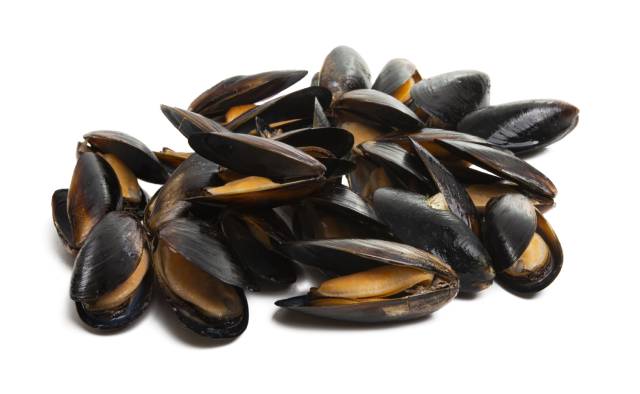
While not as high in magnesium as conch or oysters, mussels are another noteworthy source of the mineral among mollusk shellfish.
A three-ounce (85g) serving of mussels provides 7% of the daily value for the mineral (31).
| Magnesium per 100 grams | Magnesium per 3oz (85g) serving |
|---|---|
| 37 mg (9% DV) | 31.4 mg (7% DV) |
29) Skim milk
Skim milk provides a moderately high amount of magnesium, with a 244-gram cup serving offering 7% of the daily value (32).
| Magnesium per 100 grams | Magnesium per 244g cup serving |
|---|---|
| 12 mg (3% DV) | 29.3 mg (7% DV) |
30) Cocoa, unsweetened
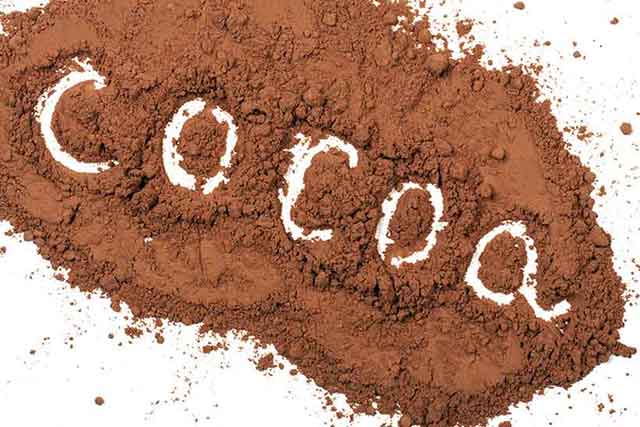
Cocoa is highly nutrient-rich and offers a broad range of essential minerals, with copper and magnesium being particularly notable.
Unsweetened cocoa powder offers one of the best dietary sources of magnesium on a gram-for-gram basis. Consequently, each tablespoon serving of cocoa powder offers 6% of the daily value (33).
| Magnesium per 100 grams | Magnesium per tbsp (5.4g) serving |
|---|---|
| 499 mg (119% DV) | 26.9 mg (6% DV) |
Final Thoughts
As previously discussed, nearly half of people in the United States are believed to have insufficient magnesium intake.
Magnesium inadequacy can lead to some potentially serious deficiency issues.
Therefore, incorporating more magnesium-rich foods into the diet could be beneficial for many people.
For those wishing to increase their magnesium intake, the foods in this article are all excellent sources of the mineral.
In cases where people find dietary intake challenging, magnesium supplements are an alternative option.
Interested in learning more about this vital mineral? Then explore the benefits of magnesium.

